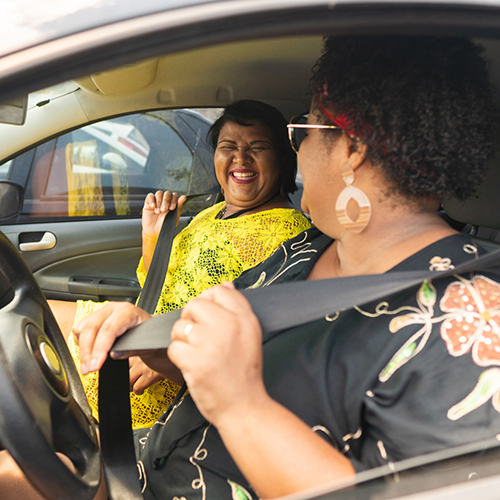Who Has the Right of Way?

Did you know that the right-of-way is more than just proper driving etiquette? It's the law and failure to obey could result in a moving violation. Here are a few common right-of-way driving situations that drivers should be aware of:
- Emergency Vehicles – Drivers are expected to yield and, when possible, pull over to allow police cars, fire engines and ambulances with sirens and flashing lights room to pass.
- School Buses – Drivers must come to a complete stop when school bus lights and stop signs are activated. Drivers must allow buses to re-enter the flow of traffic when the bus lights go off.
- Pedestrians and Crosswalks – Drivers must yield to pedestrians in crosswalks, even if they do not have the proper signal to cross. Be alert for pedestrians at all times, especially when turning right on red or when you are in neighborhoods, near schools, shopping centers, etc.
- Roundabouts – Many roundabouts include traffic signs, such as a stop or yield sign, which governs who has the right-of-way. The basic rule of any uncontrolled intersection calls for the vehicle on the left to yield to the vehicle approaching from the right.
- Multi-way Intersections – The driver that approaches the intersection first has the right-of-way. If two or more vehicles approach an intersection at the same time, the driver on the left must yield to the driver on the right.
- Highways – If entering a highway, drivers must yield to traffic and enter the right lane only when safe. When entering a highway in a weave lane — where the entrance lane to the highway is the same lane as an exit lane — drivers exiting have the right-of-way.
Follow these basic right-of-way rules to keep you, your family and other drivers safe. As always, bring NJM along for the ride.



